Autism, schizophrenia, bipolar, depression and alcoholism have similar molecular signatures in the brain.


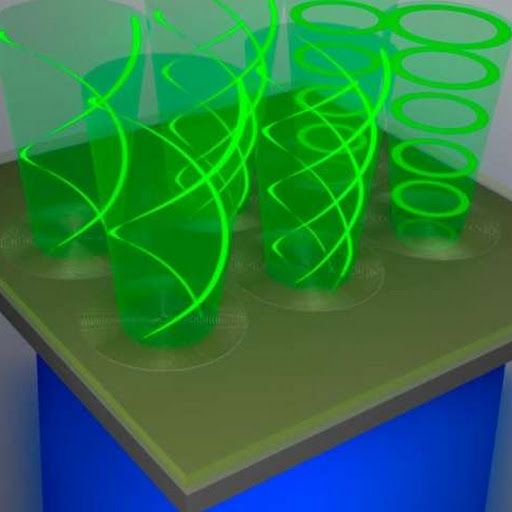
Illustration of an array of organic vortex lasers, each with a different spiral and therefore a different topological charge. Credit: Stellinga et al. ©2018 American Chemical Society Researchers have developed a new type of organic vortex laser, which is a laser that emits a helical beam of light. In the future, miniature arrays of these vortex lasers, each with a slightly different spiral shape, may be used in applications such as 3D TV displays, microscopy, and as information carriers for visible light communications. The researchers, led by Ifor D. W. Samuel at the University of St. Andr…
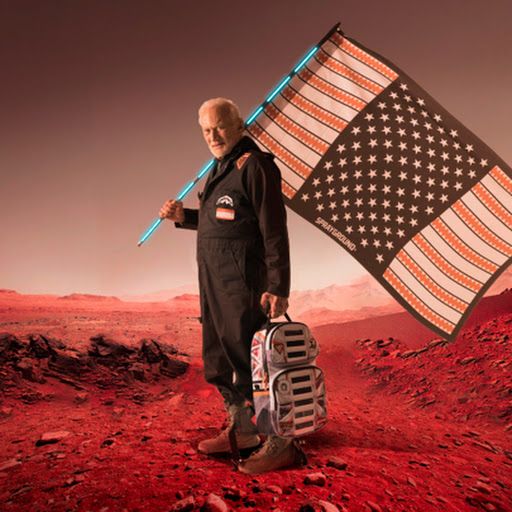
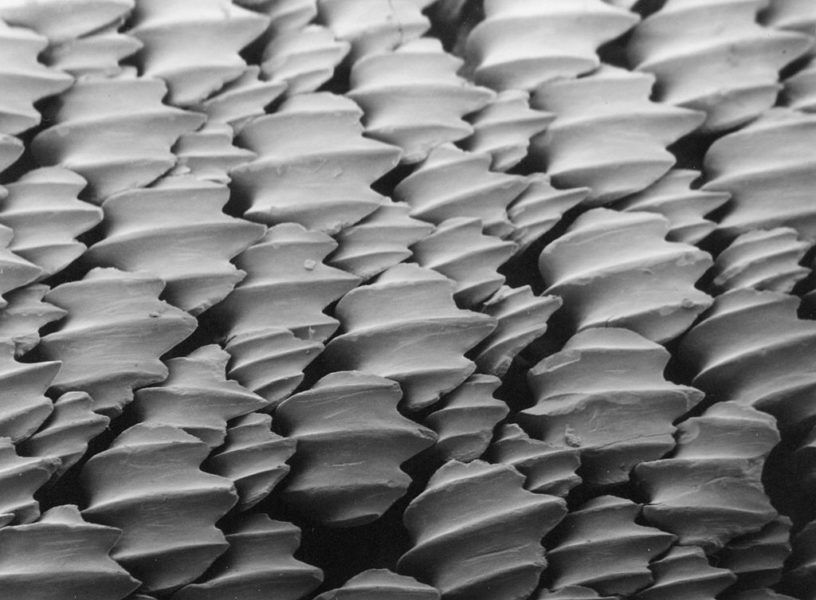
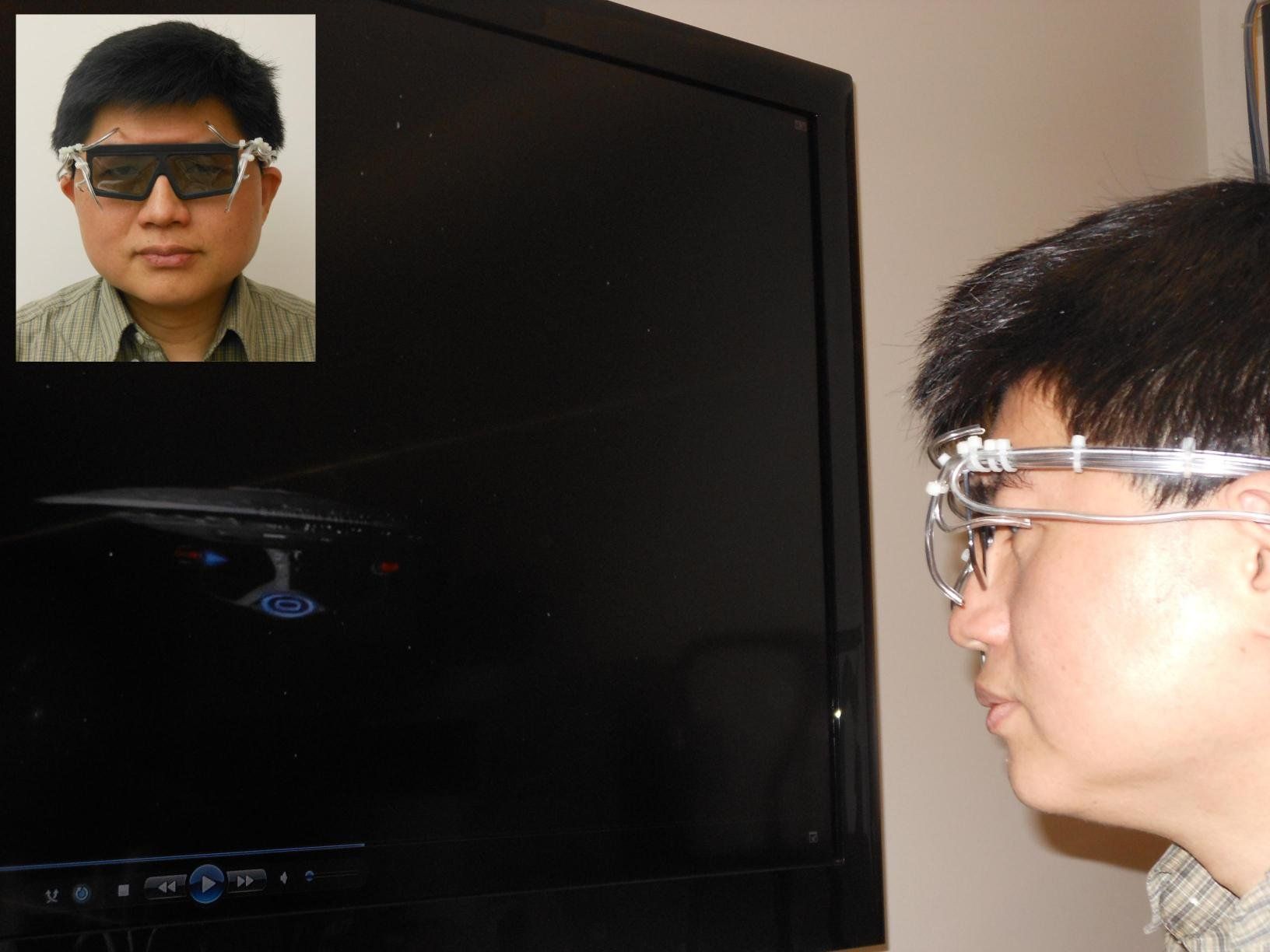
A team of researchers at UC San Diego and San Diego State University has developed a pair of “4D goggles” that allows wearers to be physically “touched” by a movie when they see a looming object on the screen, such as an approaching spacecraft.
The device was developed based on a study conducted by the neuroscientists to map brain areas that integrate the sight and touch of a looming object and aid in their understanding of the perceptual and neural mechanisms of multisensory integration.
But for the rest of us, the researchers said, it has a more practical purpose: The device can be synchronized with entertainment content, such as movies, music, games and virtual reality, to deliver immersive multisensory effects near the face and enhance the sense of presence.

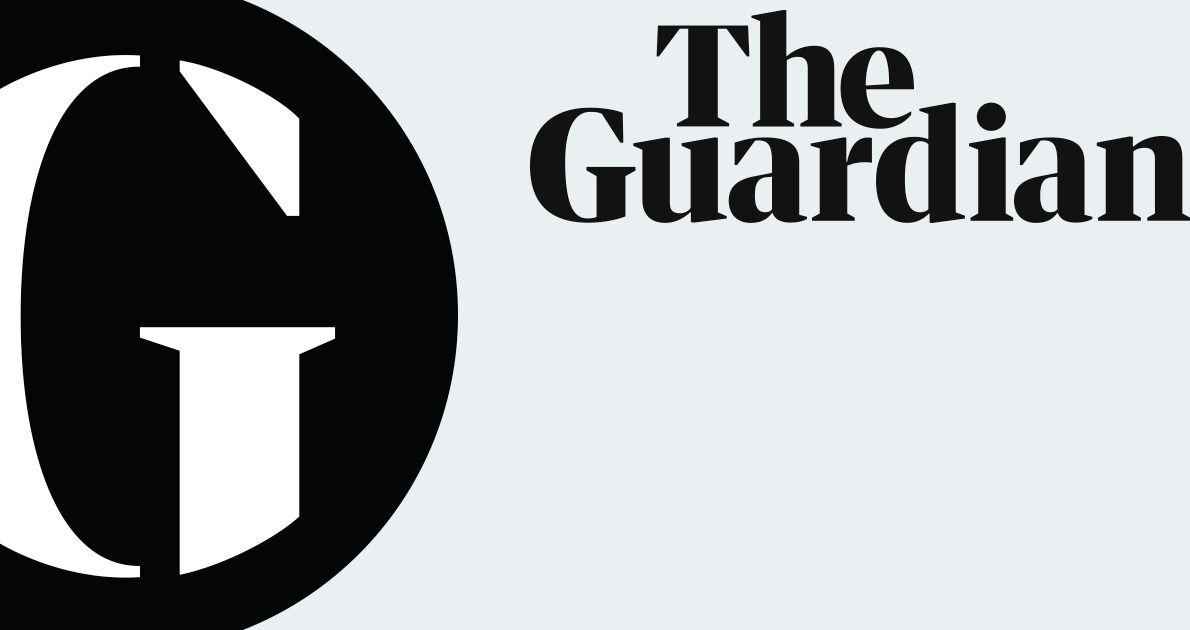
The research paves the way for brain implants that would translate the thoughts of people who have lost power of speech.
Ian Sample, science correspondent.
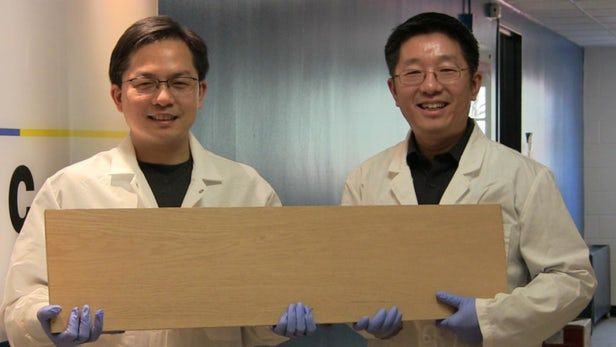
Some of the strongest materials to build with are titanium alloys but they are not only expensive but heavy as well. Researchers at the University of Maryland (UMD) have used a new densification process to make super wood that has the same strength and toughness as steel.
Wood is probably the most used construction material already and the UMD team is working to make it even more useful. Liangbing Hu is leading the team responsible for developing the super wood. The researchers first boil samples of wood in a watery mixture of sodium hydroxide and sodium sulfite, which partially removes lignin and hemicellulose from the material. This wood is then hot-pressed causing the cell walls to collapse and form highly-aligned cellulose nanofibers. This gives rise to densified wood, which is stronger than natural wood.
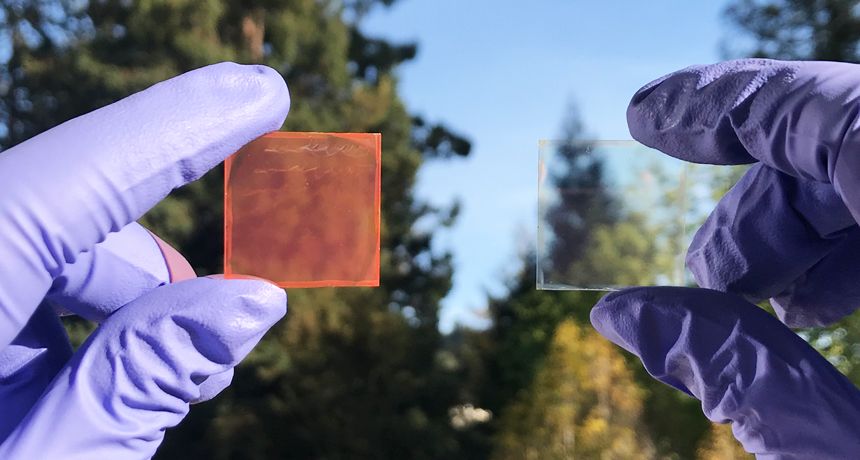
But that doesn’t mean the company isn’t working on cool new features. During the earnings call, Tesla CEO Elon Musk said that within three to six months, he expects Tesla cars to be able to drive autonomously from U.S. coast to coast.
SEE ALSO: Tesla’s bringing Powerwall batteries to 50,000 homes in Australia
Musk originally promised this in Oct. 2016, which is when the company also showed a video of a Tesla car driving itself to work without human intervention. But that was just after the company ended its partnership with Mobileye, the developer of the original self-driving system for Tesla cars, and switched to a system built in-house. It took quite a while for Tesla’s technology to catch up with what Mobileye had built.